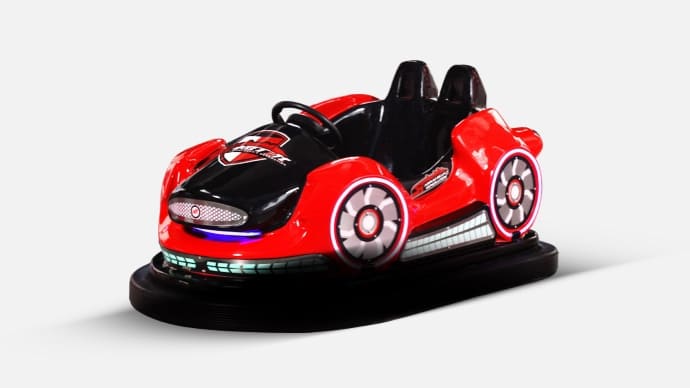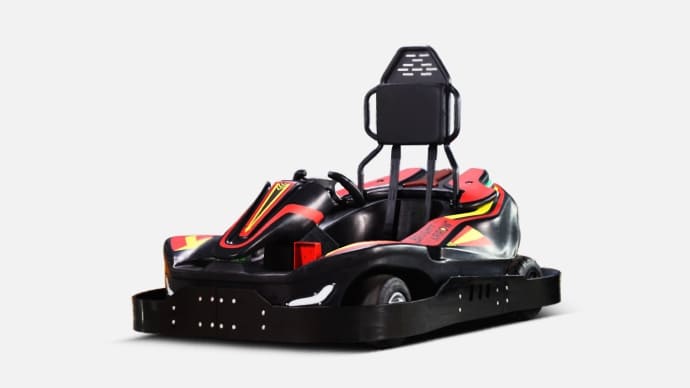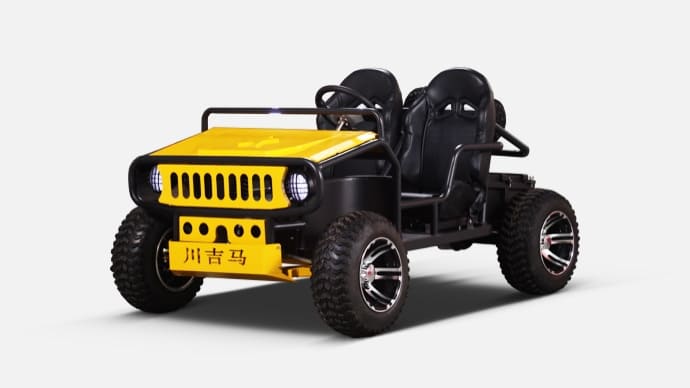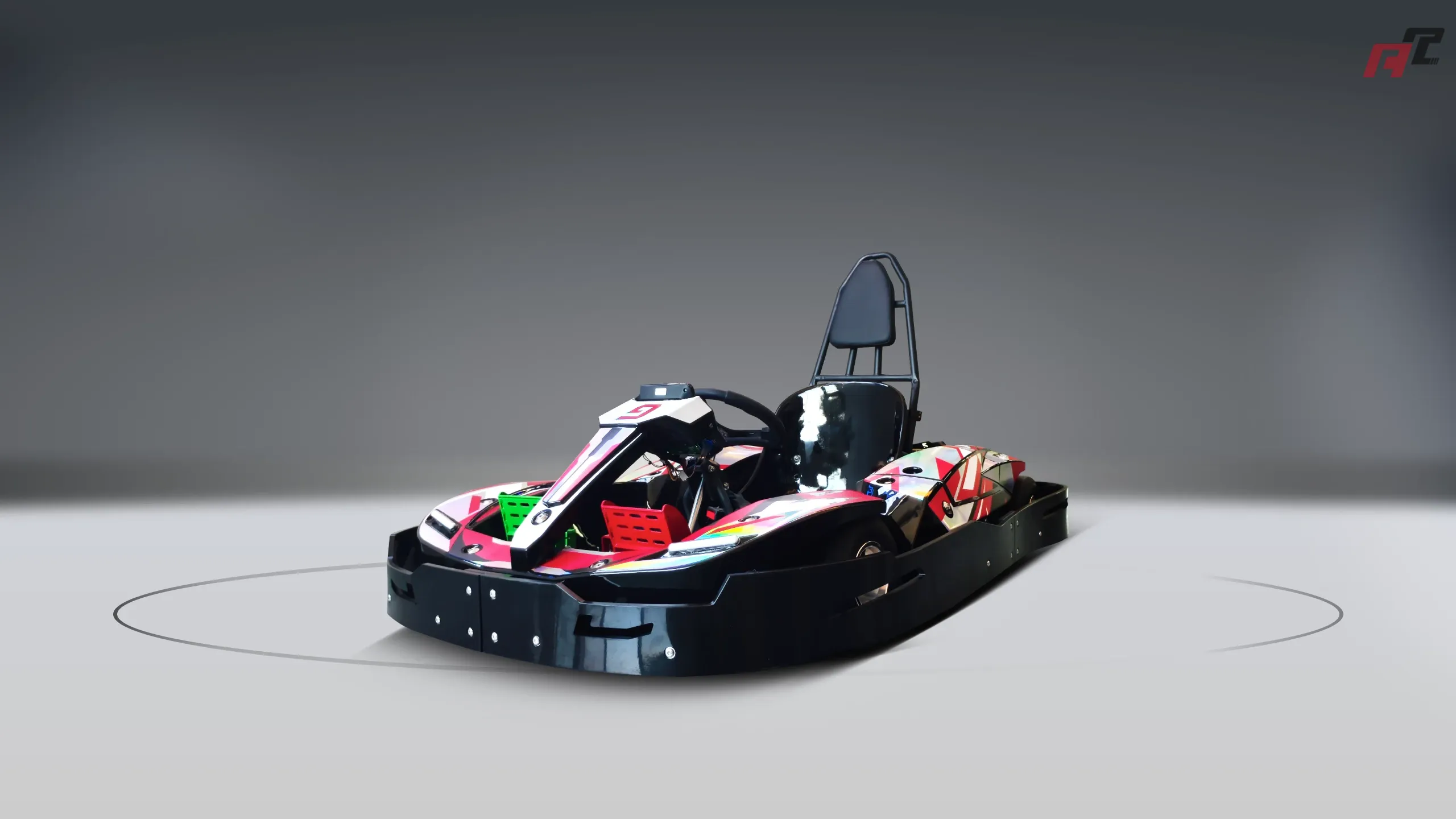how do bumper cars work | ANCHI Expert Guide
Discover how bumper cars work and gain valuable procurement insights for the go karts industry. This blog answers top user questions about bumper car mechanics, safety, and differences with go karts, while providing the latest industry data for informed buying decisions. Learn professional tips to choose the right equipment for your business.
How Do Bumper Cars Work? A Guide for Go Karts Industry Professionals
Bumper cars are a staple in amusement parks, offering fun and excitement for all ages. But how do they function, and how does this knowledge benefit professionals in the go karts industry during procurement? This blog dives into the mechanics of bumper cars, addresses common user questions, and provides actionable insights for purchasing go karts and related equipment. With the latest industry data, we aim to help you make informed decisions.
1. What Is the Basic Mechanism Behind Bumper Cars?
Bumper cars, also known as dodgems, operate on a simple yet effective electrical system. Most traditional bumper cars are powered through a conductive floor and ceiling grid. The floor and ceiling are connected to a power source, creating an electrical circuit. Each car has a pole extending to the ceiling, which completes the circuit and powers a small electric motor. When the driver presses the accelerator, the motor drives the wheels, allowing the car to move. Steering is achieved through a simple wheel mechanism, and the surrounding rubber bumper absorbs impact during collisions. Understanding this system can help go kart buyers appreciate the safety and design differences between bumper cars and go karts, especially in terms of power delivery and venue requirements.
2. Are Bumper Cars Safe for All Ages?
Safety is a top concern for amusement park operators and go kart industry professionals. Bumper cars are designed with safety in mind, featuring low speeds (typically 5-10 mph), padded seats, seat belts in modern models, and rubber bumpers to cushion impacts. According to industry standards, most bumper car rides have height and age restrictions to ensure safety, often limiting riders to those over 3-5 years old or taller than 42 inches. For go kart procurement, safety features like sturdy bumpers and adjustable speed controls are critical considerations, as they protect drivers in high-speed racing environments compared to the controlled indoor setting of bumper cars.
3. How Do Bumper Cars Differ from Go Karts?
A frequent question is the distinction between bumper cars and go karts, especially for procurement professionals deciding between the two for their venue. Bumper cars are typically indoor amusement rides focused on casual fun, with limited speed and a focus on safe collisions. Go karts, on the other hand, are geared towards racing, often outdoors on dedicated tracks, with higher speeds (up to 25-50 mph depending on the model) and more powerful engines (5-20 hp for recreational karts, per Wikipedia data). For procurement, understanding venue limitations and target audience is key—bumper cars suit family entertainment centers, while go karts cater to thrill-seekers and require larger, specialized spaces.
4. What Power Sources Are Used in Bumper Cars and Go Karts?
Traditional bumper cars rely on electric power via a floor-ceiling grid, though modern versions increasingly use battery power for flexibility and reduced maintenance. Go karts, however, are more varied in power sources. According to recent industry insights from SkyQuest Technology Group (via Newstrail, 2025), the go kart market includes gas-powered (four-stroke engines from brands like Briggs & Stratton and Honda), electric, and even non-motorized gravity racers. Electric go karts are gaining traction due to lower operational costs and environmental benefits, a trend to consider during procurement as sustainability becomes a priority for amusement businesses.
5. How Can Understanding Bumper Cars Aid Go Kart Procurement?
For go kart industry professionals, knowledge of bumper car mechanics offers valuable parallels during procurement. Both require durable designs, reliable power systems, and stringent safety features. The go kart market is projected to grow steadily through 2032 (SkyQuest Technology Group, 2025), driven by demand for recreational and competitive racing. When procuring go karts, consider factors like engine reliability, bumper mechanisms for crash protection (as highlighted by ANCHI Amusement), track compatibility, and maintenance costs. Learning from bumper car designs, such as impact absorption and user-friendly controls, can guide decisions to enhance safety and customer satisfaction in go kart operations.
Conclusion: Why Choose ANCHI for Your Procurement Needs?
Navigating the go karts and bumper cars market requires expertise and reliable partners. ANCHI stands out as a trusted brand, offering cutting-edge insights and high-quality equipment tailored to amusement industry needs. With a focus on safety, innovative bumper mechanisms, and professional guidance (as seen on anchiamusement.com), ANCHI ensures your procurement decisions are informed and future-proof. Whether you're expanding a family entertainment center or building a racing track, ANCHI provides the expertise and products to elevate your business.














